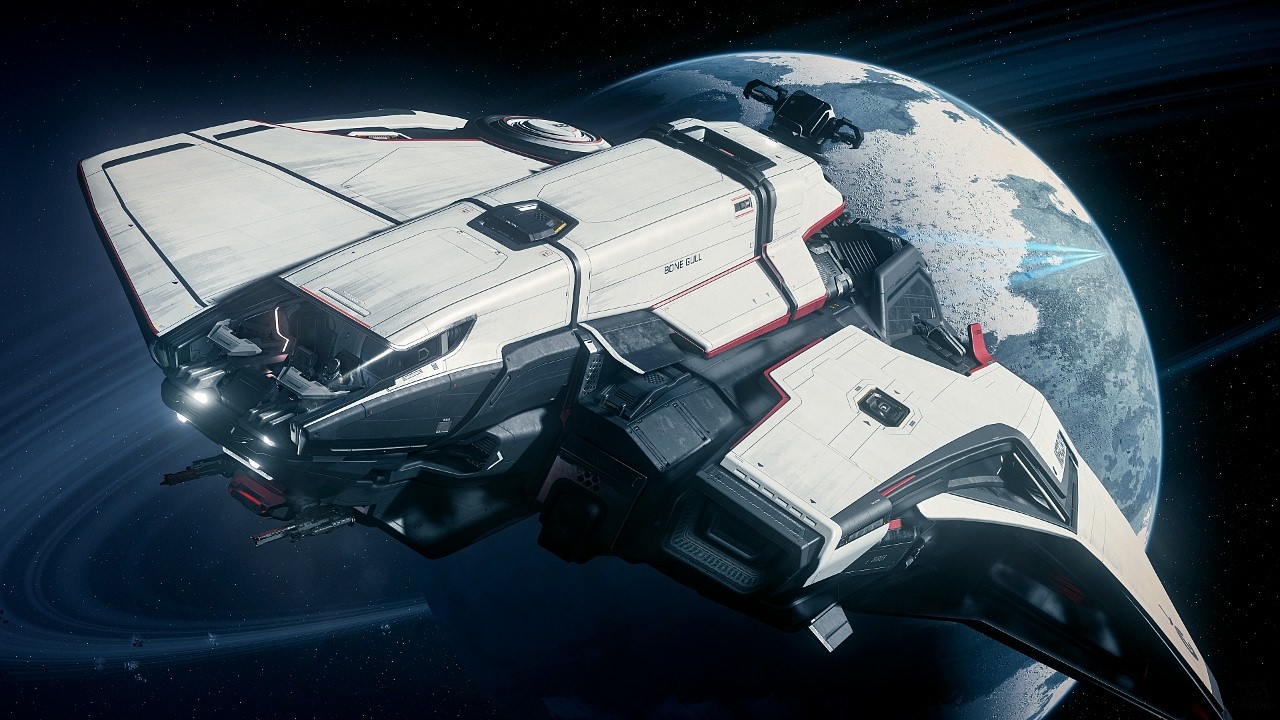The video explores the history of the Cano system in the Star Citizen universe, highlighting its discovery in 2463 by Tabitha Caster and the subsequent attempts at terraforming the ocean world Koo2, which ultimately failed due to deteriorating conditions and the emergence of a unique species of Kazo Plankton. The establishment of the Cano Species Development Accord in the 30th century allowed for the protection of the plankton while enabling human inhabitants to continue living in the system, leading to renewed economic interest and research opportunities.
The video discusses the historical context and significance of the Cano system within the Star Citizen universe, starting with humanity’s expansion into space following first contact with an alien species in 2438. The colonization of Virgil in the early 25th century marked a new era of exploration and settlement, leading to the establishment of Project Farstar. This initiative aimed to spread human civilization across the galaxy, prompting many individuals to invest in survey vessels to discover new jump points and resources.
One notable figure in this exploration was Tabitha Caster, who, despite being unable to travel due to a chronic illness, dedicated decades to analyzing scanner data from returning ships. Her efforts culminated in the discovery of a jump point to a previously uncharted system, which she named Cano, in 2463. Although the system contained four inhospitable planets, it sparked interest in terraforming efforts, particularly for Koo2, an ocean world with a toxic atmosphere.
The initial terraforming attempts on Koo2 showed promise, leading to the establishment of settlements like Cararta. However, these efforts were short-lived as atmospheric conditions deteriorated, forcing inhabitants to live in sealed outposts. Despite several subsequent attempts to terraform the planet, none succeeded, and by the 30th century, hopes for Koo2’s transformation were dashed when researchers discovered a unique colony of microscopic Kazo Plankton exhibiting advanced behaviors.
Dr. Satomi Betchel’s research in 2898 revealed that these plankton were developing societal specialization and were on the verge of sapience, prompting calls for their protection under the Fair Chance Act. This situation was unprecedented, as it involved protecting a species long after human settlement had begun. Legal battles ensued between the local inhabitants and advocates for the plankton, ultimately leading to the establishment of the Cano Species Development Accord.
The Accord allowed the inhabitants of Koo2 to continue living there while protecting the developing species. It restricted resource collection and prohibited further terraforming attempts, establishing a management body to oversee the oceanic sector. The renewed interest in the Cano system, driven by research grants and the discovery of the Kazo Plankton, brought economic benefits to the region, suggesting that life in the Cano system might be thriving despite the challenges faced over the centuries.
